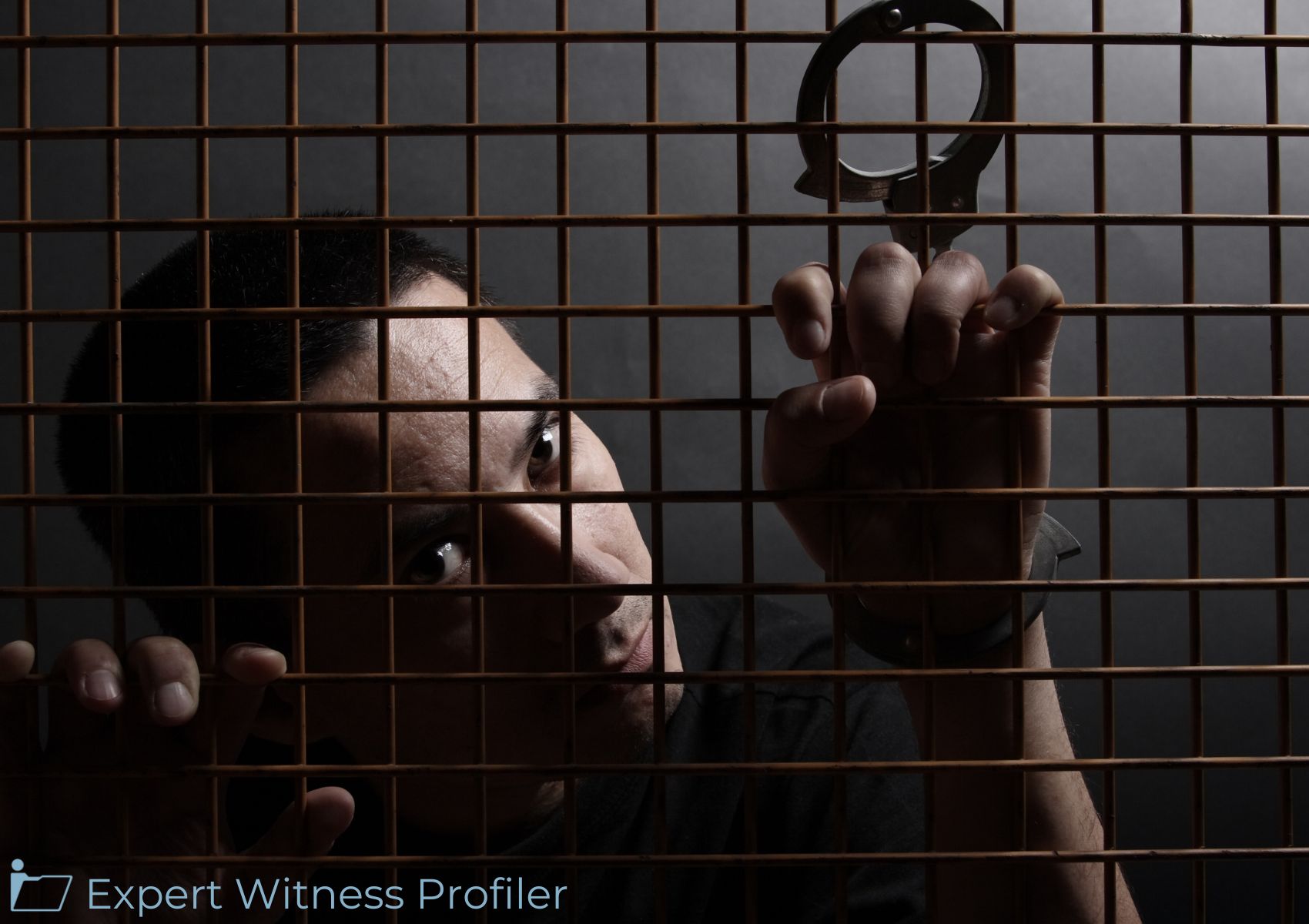Court admits royalty analysis on a convoyed sales approach, denied motion to exclude in Patent Infringement case
Posted on September 4, 2023 by Expert Witness Profiler
This case arose from a patent infringement lawsuit filed by the Plaintiff, Daedalus Blue, LLC against the Defendant, MicroStrategy Incorporated. Daedalus alleged that MicroStrategy’s analytics software products infringed on two patents originally developed by IBM – the ‘172 patent related to data storage and retrieval techniques, and the ‘076 patent related to restricting user access. As the case proceeded to the damages phase, MicroStrategy filed a motion to exclude certain opinions of Daedalus’ damages expert Jim W. Bergman under Daubert and Federal Rule of Evidence 702. The expert analysis of Bergman stood amidst claims of unreliability.

Damages Expert Witness
Bergman specializes in intellectual property, commercial and bankruptcy litigation. He has served as a testifying or consulting expert in complex business litigation, patent and technology, trade secrets, trademarks, securities litigation, business valuation, bankruptcy reorganization, solvency and general damages related matters.
Discussion by the Court
MicroStrategy argued that Bergman improperly included non-infringing products and features in his royalty calculations, inflating the value attributed to the patented inventions. The Court appointed a Special Master to evaluate the motion. The Special Master issued a Report and Recommendation (R&R) where it denied the motion to exclude and found that Bergman reliably calculated and apportioned a royalty base and profit split. MicroStrategy filed an objection to the R&R and disputed the findings on the royalty base, apportionment related to the ‘076 patent, and Bergman’s alleged failure to account for MicroStrategy’s preexisting 7i product.
Bergman’s theory emphasized on a functional relationship between the accused products and the support and maintenance packages to prove his point that damages can be found where unpatented components “function together with the patented component in some manner as to produce a desired end product or result.”The Court first addressed Bergman’s inclusion of non-accused support and maintenance revenue in the royalty base. MicroStrategy characterized this as an improper “entire market value” analysis, but the Court found Bergman appropriately applied a “convoyed sales” analysis based on the functional relationship between the software and support packages. The Court explained convoyed sales principles allow including non-patented items functionally linked to the patented items, without the same stringent requirements as the entire market value rule, citing Rite-Hite Corporation v. Kelley Company. The Court agreed with the Special Master that Bergman reliably demonstrated the necessary functional relationship between the software and support, as the support maintains and extends the software’s usability. The Court agreed with Bergman’s theory which stressed on the existence of a functional relationship between between the accused products and the support and maintenance packages.
Next, the Court examined the objection to Bergman’s 20% apportionment figure for the value attributable to the ‘076 patent. MicroStrategy argued this was an arbitrary “black box” analysis without sufficient methodological support. However, the Court found Bergman articulated a reliable step-by-step methodology tracing the security capabilities covered by the ‘076 patent through MicroStrategy’s products. Despite lack of mathematical weights for each factor, Bergman sufficiently explained his basis using documents produced by MicroStrategy and the opinion of Daedalus’ technical expert. The Court ruled Bergman’s analysis satisfied Rule 702 and overruled the objection.
The Court also rejected MicroStrategy’s argument that Bergman failed to apportion out value from non-patented features of its 7i product released prior to the patents. The Court held damages experts may appropriately rely on technical experts regarding product functionality, and Bergman was entitled to credit the opinion of Daedalus’ technical expert that no valid non-infringing alternatives existed. The Court emphasized MicroStrategy did not independently challenge the technical expert’s opinions. Bergman also reserved the ability to respond to any alternative damages calculations proposed by MicroStrategy’s experts at trial.
After the objections were reviewed, the Court overruled each one in turn and adopted the Special Master’s R&R denying the motion to exclude. The Court found Bergman’s royalty base analysis, apportionment approach, and reliance on the technical expert opinions were sufficiently reliable to satisfy Rule 702 standards. MicroStrategy’s specific criticisms did not require exclusion and were more properly addressed through cross-examination and presentation of contrary evidence at trial.
Held
In conclusion, the Court’s order provided guidance on several key principles for expert damages testimony in patent cases: 1) Convoyed sales treatment based on functional linkage did not require meeting the same stringent entire market value test; 2) Specific mathematical weights were not absolutely required for each apportionment factor if the overall methodology was sound; 3) Damages experts could appropriately rely on opinions of technical experts; 4) Criticisms of an expert’s methodology were often better addressed by cross-examination and contrary testimony rather than outright exclusion. The Court admitted the testimony of expert Bergman amidst claims of unreliability. By denying the motion to exclude, the Court ruled that despite MicroStrategy’s disputes, Bergman could testify at trial subject to being challenged on cross-examination. The outcome of the case remains to be seen since the remaining issues involved in this case are yet to be fully resolved.
Key Takeaways:
- The Court upheld the expert’s use of a convoyed sales analysis to include non-patented items linked to the patented products in the royalty base. This does not require satisfying the same stringent standards as the entire market value rule.
- The expert’s apportionment approach was deemed sufficiently reliable even without specific mathematical weights assigned to each factor. The overall methodology and explanation were sound.
- The Court ruled damages experts can appropriately rely on technical experts regarding product functionality and non-infringing alternatives.
- Challenges to an expert’s methodology are often better handled through cross-examination and contrary testimony rather than outright exclusion.
- The expert’s royalty analysis, apportionment approach, and reliance on a technical expert were deemed sufficiently reliable under Daubert standards.
- Criticisms of an expert’s methodology do not necessarily require exclusion of the testimony under Daubert. The Court emphasized addressing disputes through cross-examination.
- By denying the motion to exclude, the Court ruled the damages expert could testify at trial, despite alleged shortcomings in his methodology raised by the Defendant.
In summary, the key takeaways focus on the Court affirming this damages expert’s methodology as sufficiently reliable under Daubert, enabling the testimony despite Defendant’s criticisms better addressed through cross-examination. The decision provides guidance on application of Daubert standards to expert methodology in patent cases.





